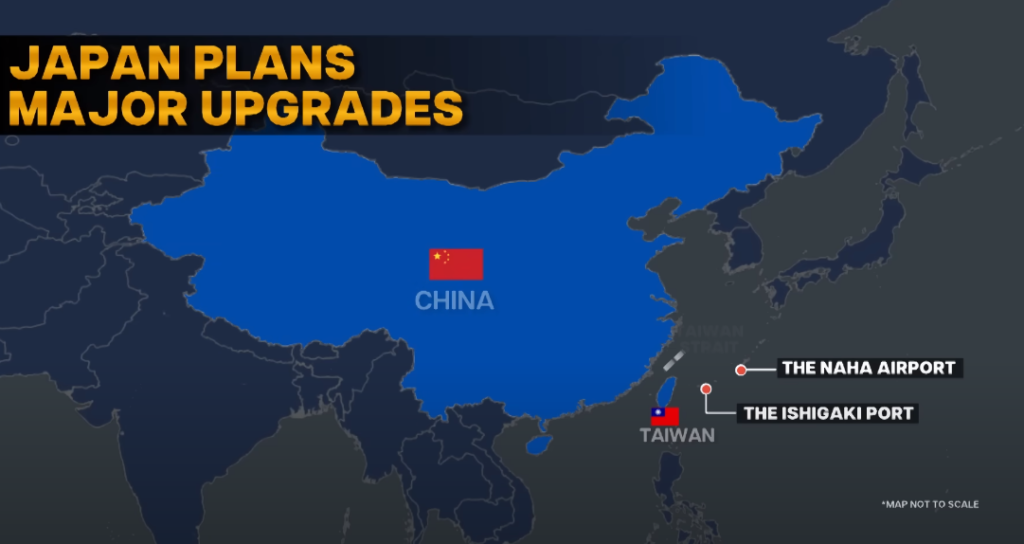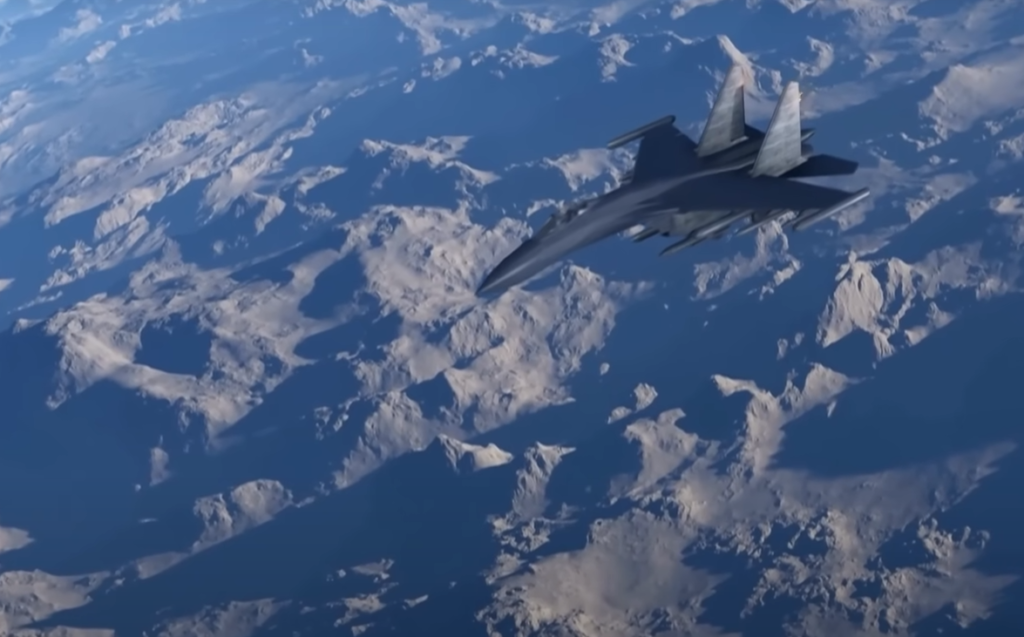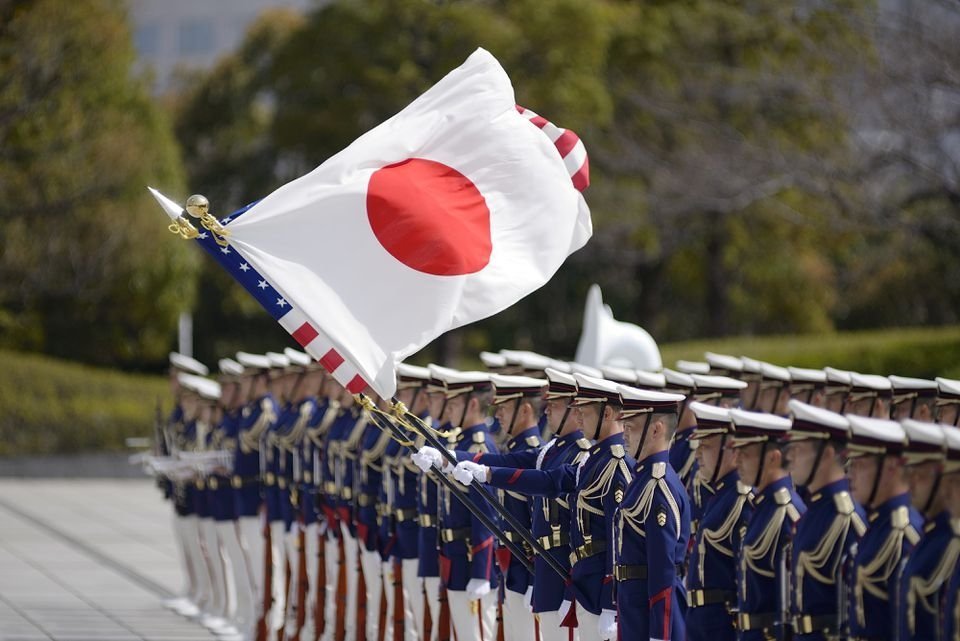In a world where geopolitical tensions dictate the pace of international relations, the Asia-Pacific region remains a focal area of concern, particularly the Taiwan Strait. Situated strategically close to this critical juncture, Naha Airport and the Ishigaki Port underscore Japan’s strategic positioning and unease over the increasing confrontations in the Taiwan Strait.
The area, a thin ribbon of water separating Taiwan from mainland China, has turned into a potential flashpoint, with Beijing not shying away from demonstrating its might through the routine deployment of warships and warplanes. This aggressive posturing by China has led to widespread apprehensions, fearing the strait could emerge as a battleground should an invasion transpire. Consequently, Japan has been propelled to bolster its deterrence capabilities against perceived Chinese aggression while extending its support to allies to do the same.

Japan’s Major Shift in Defense Strategy
Transitioning to a significant policy overhaul earlier this week, Japan made a notable pivot in its defense strategy. Traditionally bound by a pacifist constitution that renounces war and prohibits the maintenance of armed forces with war potential, Japan has now poised itself to become a defense equipment exporter. The nation has declared its readiness to sell fighter jets globally, marking a radical departure from its former stance that banned such exports.
This change is indicative of Tokyo’s response to the exigencies of its security environment, aiming to craft a fighter aircraft that epitomizes the requisite performance without compromising its defense. This move is not merely about amping up it’s defense industry but is perceived as a step towards securing an equitable stance alongside defense stalwarts like the UK and Italy in the global arms market.

The revision in policy foregrounds strict conditions under which Japan will engage in defense exports. Only its defense allies, countries with which Japan has a defense pact and is not involved in active conflicts, will qualify as buyers. Furthermore, each transaction is subject to cabinet approval, ensuring a tightly regulated process. This policy revamp paves the path for it to market a novel fighter jet, The Tempest, a collaborative venture with the United Kingdom and Italy. Touted to incorporate cutting-edge technologies, including artificial intelligence and state-of-the-art sensors, The Tempest, however, is projected to be operational only by 2035.
Read More:- History of Germany: How Germany Successfully Unified!
China’s Unease Over Japan’s New Defense Initiative
China’s reaction to this development has been predictably apprehensive, citing concerns over Japan’s historical militaristic ventures. The shadow of Japan’s imperialist past, notably its alliance with Axis powers during World War II, casts a long shadow over its current military and security pursuits. The devastating conclusion of the war for Japan, marked by the nuclear bombings of Hiroshima and Nagasaki, heralded a pacifist era, legally binding it to a self-defense-only military posture. However, the evolving security landscape, characterized by China’s military ascendancy, has necessitated a recalibration of Japan’s defense posture.
Do you like anime? Go to Pop Media Pulse
